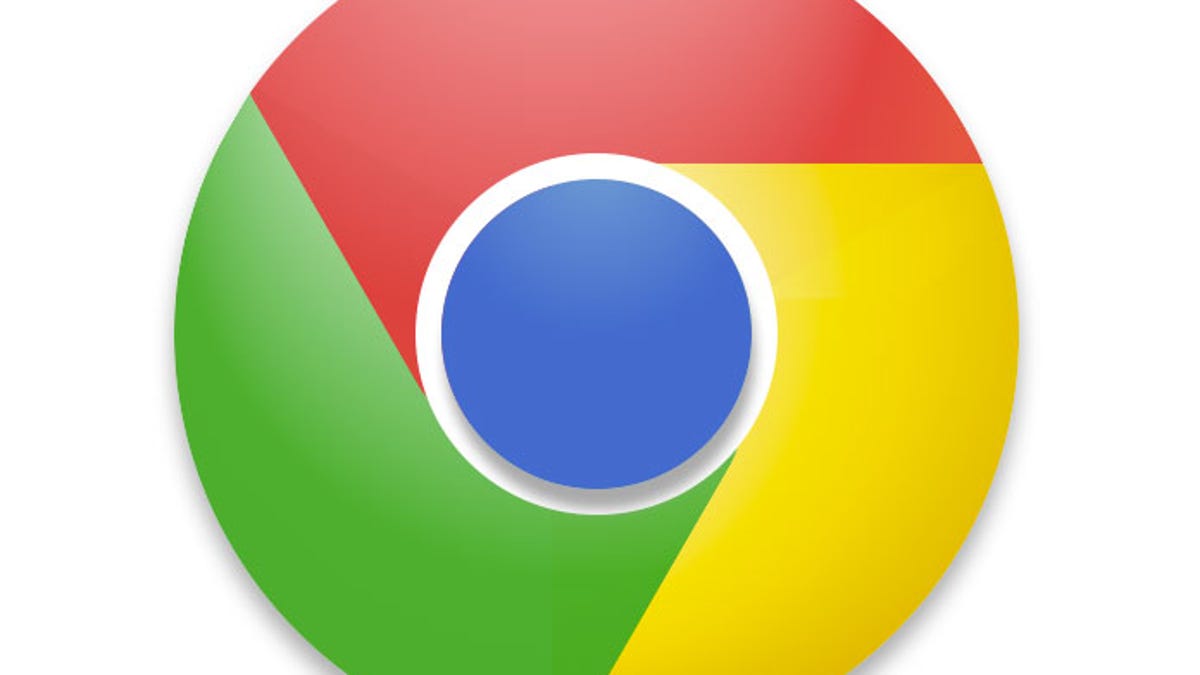Chrome gets high-resolution screen support on Windows, too
It's not enabled by default yet, but Windows users with HiDPI screens eager to try out high-resolution support in Google's browser now can.

As Windows machines follow in Apple's Retina display footsteps, Google is building HiDPI support into its Chrome browser.
The browser developer marked HiDPI support in Windows as fixed on Tuesday night, though it's weeks away from arriving in the stable version of Chrome. It's currently scheduled for release in Chrome 30; the current stable version is Chrome 28, and Google releases new versions about every six weeks.
High-resolution screens have more dots per inch than conventional screens, thus the label HiDPI, which is nice for crisper graphics and text. However, programmers must adapt graphics elements such as icons and browser tabs whose designs are measured by a fixed number of pixels. Otherwise, they can be either unusably small or unpleasantly coarse and pixelated.
HiDPI support isn't yet complete -- some font work remains to be done, for example -- but people keen to investigate the new feature now can. "If you want to try it out, run the current canary build, and add the flag --high-dpi-support=1," a comment in the feature tracker said.
Since Google first released it in 2008, Chrome has carved out a stronghold in the browser market. Google uses it to drive Web advancements such as SPDY for faster communications between Web browsers and servers, QUIC for faster Internet communications overall, and Chrome Packaged Apps for Web apps that work more like native apps. And it also makes a bundle of money off the project, because with searches through Chrome, Google doesn't have to pay any partners such as Mozilla or AOL for a portion of resulting search-ad revenue.
Google works to make Chrome as secure as it can. Also on Tuesday, Google released a new incarnation of Chrome 28 that fixes a number of security problems.
Bounty payments connected to those fixes included a "special reward" of $21,500 for Andrey Labunets' work identifying two vulnerabilities, CVE-2013-2879 and CVE-2013-2868.

